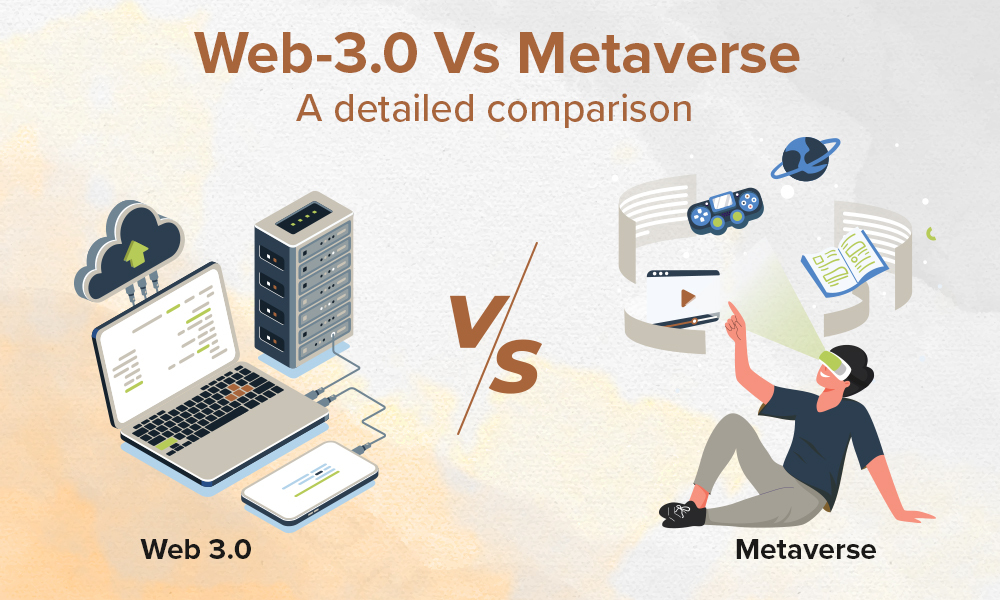Blockchain technology and cryptocurrencies grew too big to be ignored in 2017. In 2018, it will grow too big to fail. With the skyrocketing of transactions over the blockchain network due to the ICO craze, the current mechanism in place is not sufficient to keep up with the unexpected growth.
The Blockchain network only allows 3 to 7 transactions every second, far lower than the needed capacity every hour. Blockchain might have spearheaded the new ICO revolution that has resulted in raising close to $2 Billion just this year alone, but ICO is also indirectly popularizing the Blockchain technology.
Inherent Limitations of Blockchain
Despite this popularity, there are inherent limitations that need to be solved using every available means possible. This limitation is slowing down the speed of transaction and the mass adoption of the blockchain technology. Even though the lack of the understanding of the functionality of blockchain might be a reason for slower mass adoption, issues relating to scalability are more evident.
The problem of scalability is being approached from all sides possible. Multiple solutions are being proposed by developers, each with another issue to combat. As a form of education, let’s explain why scalability is being given this enormous attention. Firstly, the usability issue is a top concern. As expressed earlier, the slow transaction processing time is even the worst of it all. When VISA can handle over 60,000 transactions every second and a decentralized ledger cannot even deliver 1% of that figure.
Lastly, fees are worrying and unimaginable during peak periods due to the backlog of transactions that have accumulated for long period. This affects both Bitcoin and Ether, the latter can deliver 15 transactions every second. Let’s take a closer look at the major proposals tendered by developers to speed up the crypto ecosystem;
- SegWit: The workings of this proposal already implemented by Bitcoin and others is a 65% reduction of transaction information. The reduced script is channeled to an extended block, leading to a faster confirmation period.
- Lightning: It is currently under development. Lightning relies on SegWit as an off-chain protocol. Transactions will be kept off the network leading to a faster transaction period and lower fees.
- Increase in Block Size: This is what Bitcoin Cash implemented recently by increasing the block size from 1mb to 8mb. The problem with this option is that updates will have to be made to the underlying software.
- Plasma: This is the proposal of the Ethereum Development Team. It intends to help Ethereum handle larger data set than it can handle currently. It intends to deploy plasma chains to run on the Ethereum network.
- The Raiden Network: This is like Lightning. The difference lay in the ability of the Raiden Network to support all ERC20 token rather than just BTC. It intends to create an off-chain network that leads to faster and cheaper transaction.
The impact Blockchain network has had on human lives in the past 2 years cannot be quantified. It has become a necessity for scaling to be carried out even if it means it will be a combination of different proposals.



.jpg)
